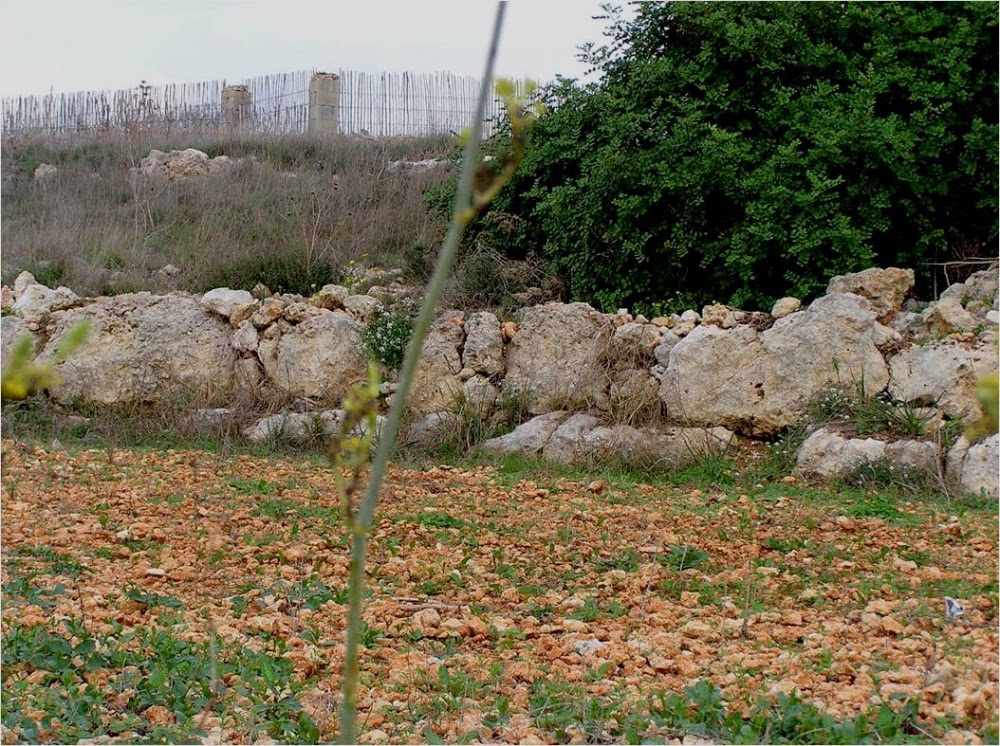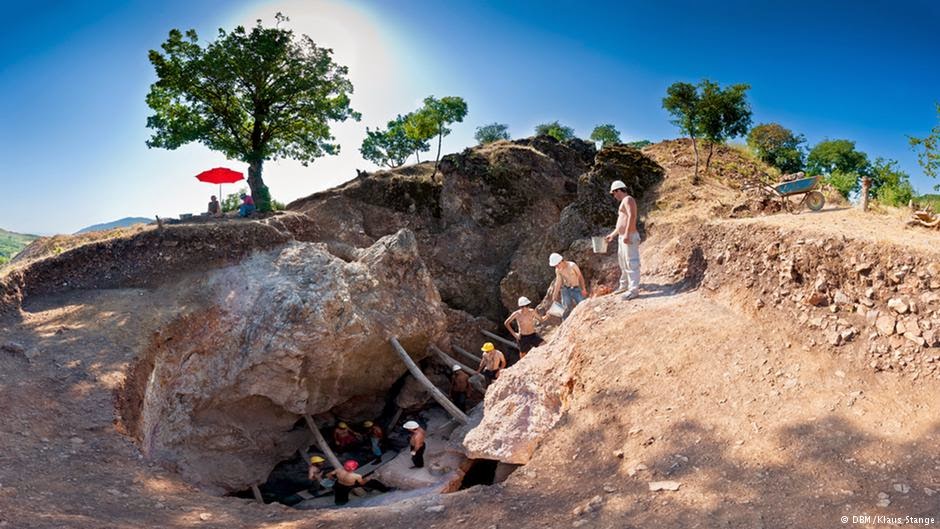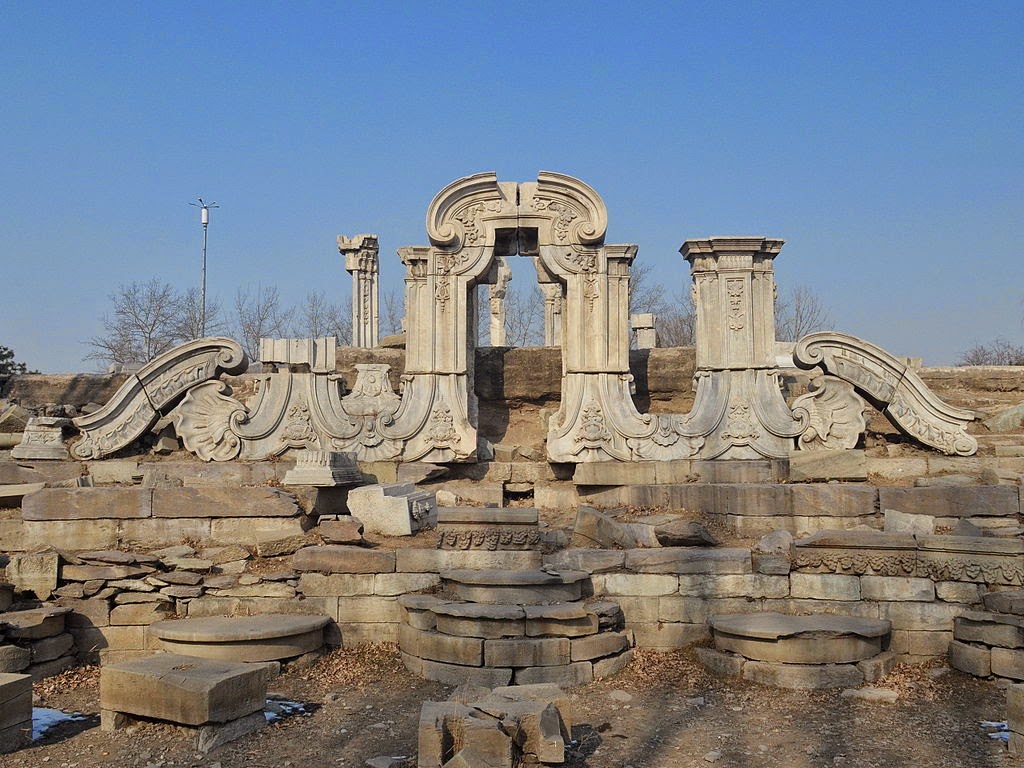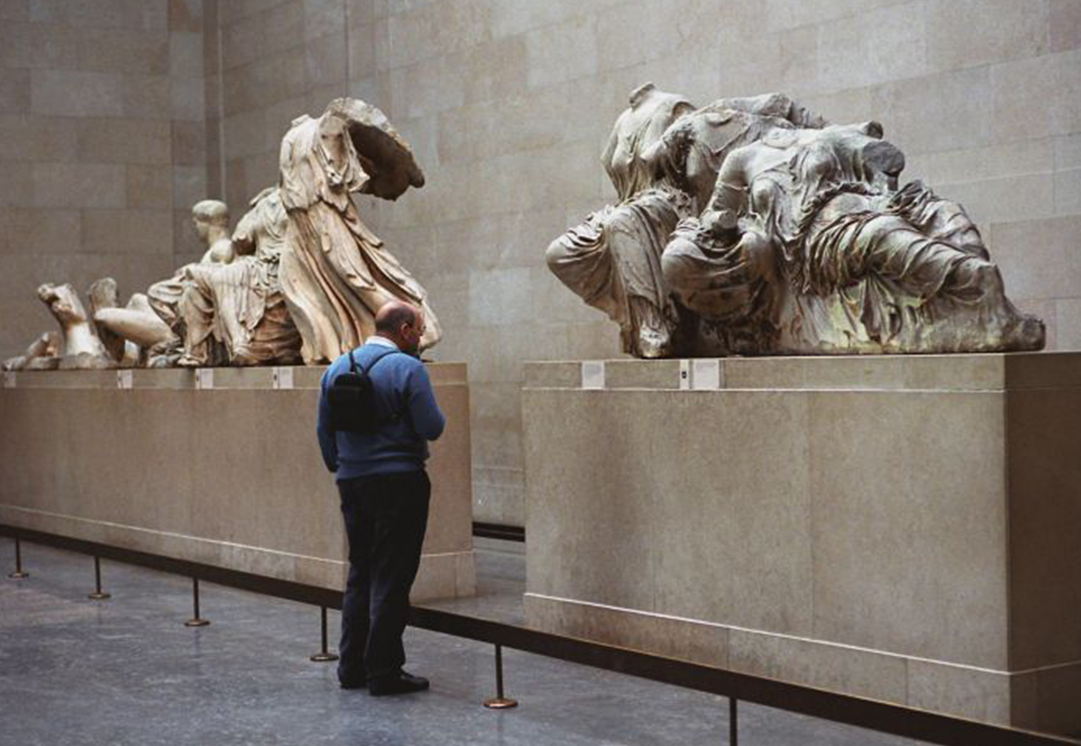Merry Wanderer of the Night [Search results for cultural]
More Stuff: 12th century Cypriot looted frescoes presented in London

Near East: Satellite images reveal plight of six Syrian sites

Heritage: Four Japanese sites recommended for World Heritage listing

More Stuff: Forbes: The British Museum should return the Parthenon Marbles to Greece

Malta: 50 new sites in Malta scheduled for protection

Iraq: IS militants blow up 10th century Assyrian monastery

Iraq: UNESCO calls destruction of Nimrud 'war crime'

More Stuff: Britain dismisses UNESCO mediation offer on Parthenon Sculptures

Georgia: Ancient Georgian site pits locals against big business

Middle East: US returns scores of smuggled artifacts to Iraq

More Stuff: Greece condemns British refusal of mediation on Parthenon sculptures

Heritage: Earls of Elgin: Serial looters of Athens and Beijing

North America: Artifacts at risk as Black Warrior River erodes soil at Moundville

Libya: Years of conflict threaten archaeology in Libya

Central Asia: Copper mining threatens Afghanistan's Mes Aynak

Southern Europe: Britain urged to begin talks on Parthenon marbles

Italy: Italy looks for help with heritage management

Heritage: Egyptian artefacts seized in Australia

East Asia: Huashan Mountain rock painting submitted for World Heritage listing in 2016

Iraq: IS militants destroy ancient Hatra in northern Iraq
